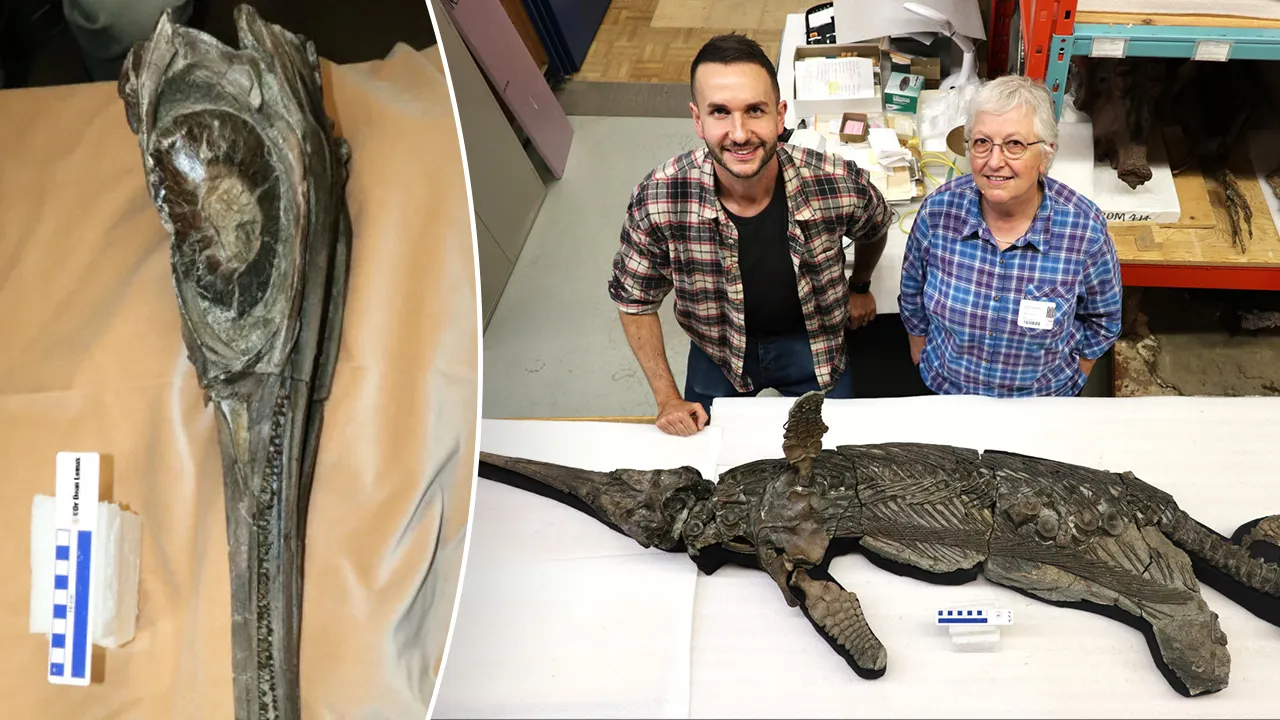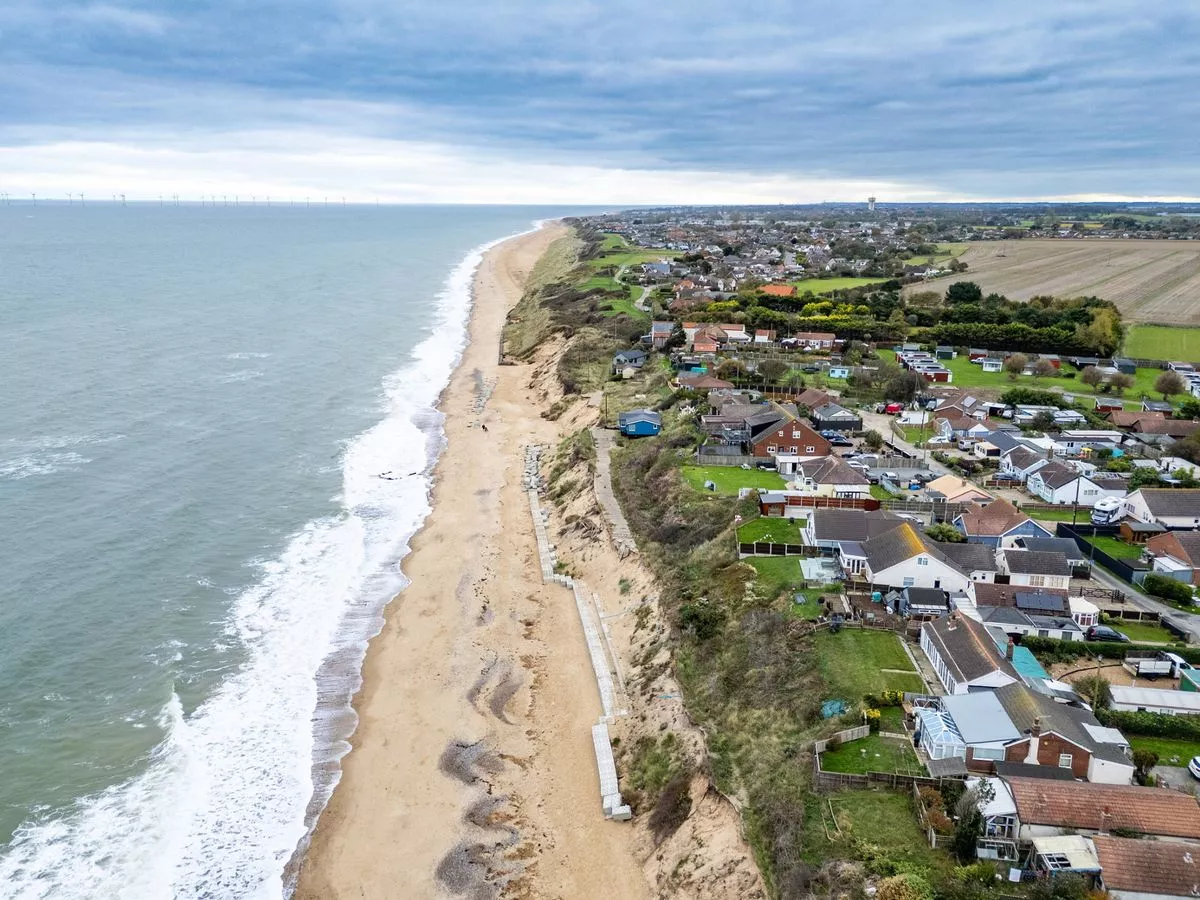Copyright Fox News

NEWYou can now listen to Fox News articles! Paleontologists have finally solved the mystery behind an elusive "sword dragon" skeleton found on the U.K.'s Jurassic Coast. In an Oct. 10 press release from the University of Manchester, officials said the skeleton — found near Dorset's Gold Cap in 2001 — is a newly identified species of ichthyosaur. Alive around the same time as dinosaurs, ichthyosaurs were air-breathing marine reptiles that once "ruled the ancient oceans," per officials. TERRIFYING ANCIENT PREDATOR WITH 'POWERFUL CLAWS' UNEARTHED, ITS LAST MEAL STILL IN ITS JAWS The ancient reptile has been named Xiphodracon goldencapensis, or the "Sword Dragon of Dorset." Scientists say it dates back to the Pliensbachian period, roughly 193 to 184 million years ago. Dean Lomax, an honorary research fellow at Manchester University, was one of the paleontologists who gave the creature its new name, which he said was one of the "coolest things" about his line of work. "We opted for Xiphodracon because of the long, sword-like snout — xipho from Greek xiphos for sword — and dracon, Greek and Latin for dragon, in reference to ichthyosaurs being referred to as ‘sea dragons’ for over 200 years," he said. Paleontologists said the Xiphodracon measured around 10 feet long and ate fish and squid. CLICK HERE TO SIGN UP FOR OUR LIFESTYLE NEWSLETTER "The remains even show what may be traces of its last meal," the press release added. "It is probably the world’s most complete prehistoric reptile from the Pliensbachian period." The ichthyosaur intrigued experts for over two decades, not just for the mystery behind its species, but because of its exceptional condition. CLICK HERE FOR MORE LIFESTYLE STORIES "The fossil is almost perfectly preserved in three dimensions," the university press release said. "The skeleton includes a skull with [an] enormous eye socket and a long sword-like snout." The ancient reptile "is the only known example of its kind in existence and helps to fill an important gap in the evolutionary fossil record of ichthyosaurs." TEST YOURSELF WITH OUR LATEST LIFESTYLE QUIZ Lomax said he saw the skeleton for the first time in 2016. "Back then, I knew it was unusual, but I did not expect it to play such a pivotal role in helping to fill a gap in our understanding of a complex faunal turnover during the Pliensbachian," he said. He described Xiphodracon as a "missing piece of the ichthyosaur puzzle," as its discovery helps researchers understand the extinction timeline better. CLICK HERE TO GET THE FOX NEWS APP



